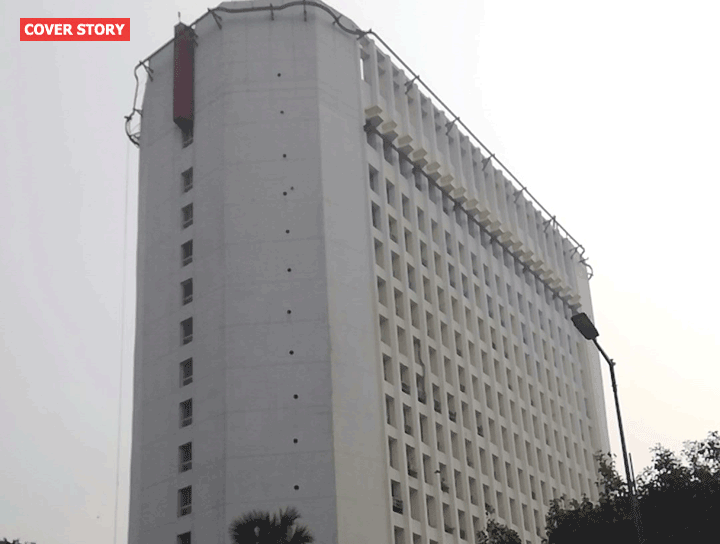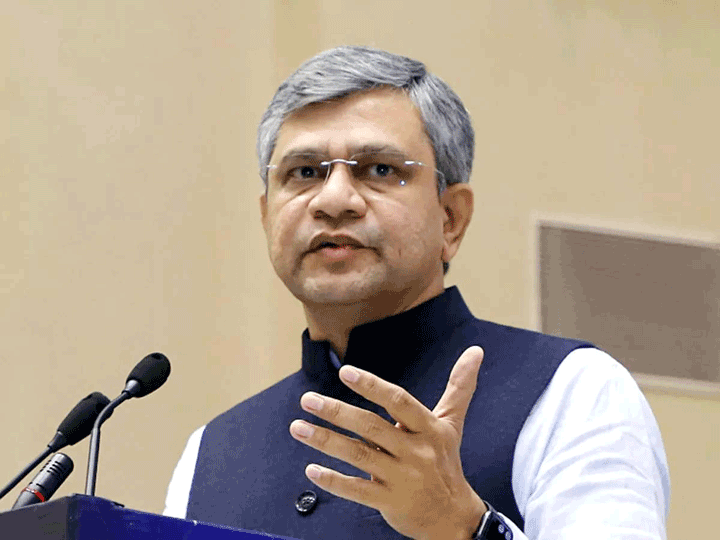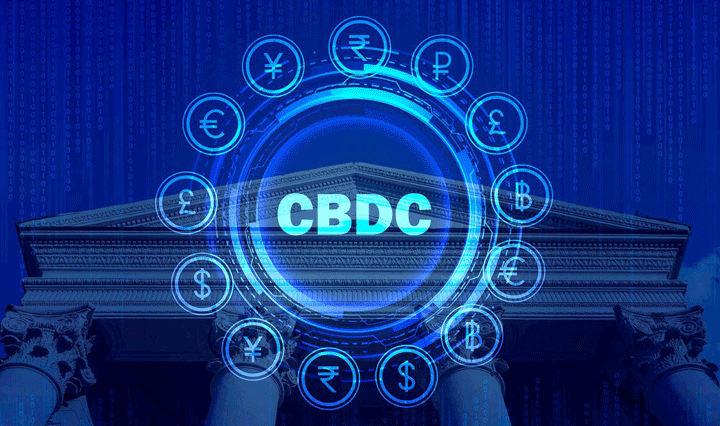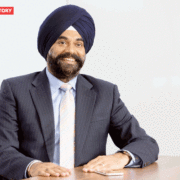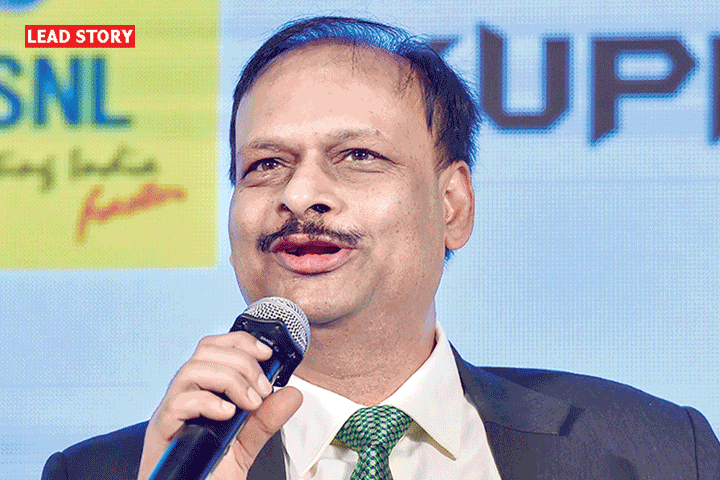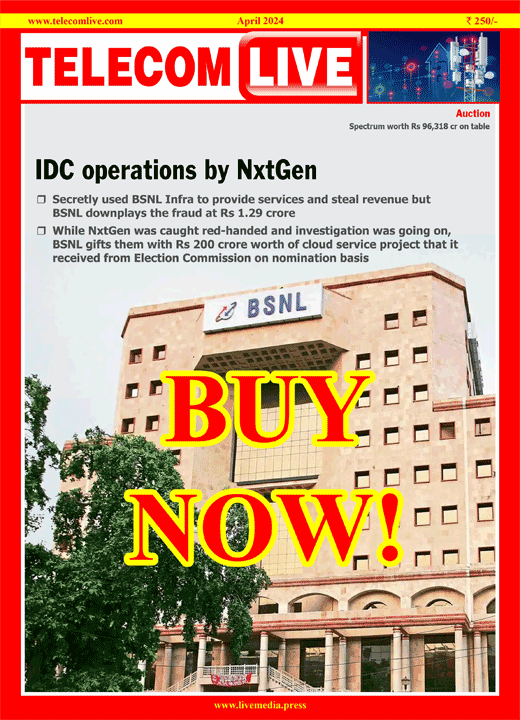Framing relevant spectrum allocation policy, data privacy, infra sharing rules key challenges ahead of 5G rollouts: Sinha
Telecom Minister Manoj Sinha said framing a relevant spectrum allocation policy, creating the right infrastructure and formulating rules around its sharing coupled with related issues around data privacy are some key challenges facing the government as India readies to roll out ultra-high-speed fifth generation services.
Addressing delegates at ET Telecom 5G Congress-2018 on Wednesday, Sinha said the government is “deliberating on the recommendations of a high-level 5G Forum” on ushering in 5G services and developing the technology ecosystem.
“India cannot afford to miss the 5G bus and the government will shortly take a call on suggestions of a high-level forum, headed by Professor AJ Paulraj, to rapidly deploy 5G,” Sinha said.
The government, he said, is closely deliberating on the forum’s key suggestions such as early rollout of efficient 5G networks, building India’s 5G research and design capabilities and expanding the 5G manufacturing base for both semiconductor fabrication as well as assembly and test plants”.
The government’s objective, he said, is “to position India as a globally synchronised participant in the exploration, design, development and manufacture of 5G-based technologies, products and applications”.
Sinha said the government would also create “a legal framework to harness 5G to ensure the safety of all Indian citizens once fifth-generation mobile broadband technology arrives in the country”.
This, he said, is since 5G technology in the form of video feeds and real-time intelligence at lightning speeds can be used to improve public safety and disaster management.
According to the telecom minister, the “economic impact” of 5G alone is expected to “be over $1 trillion by 2035,” and the consequent multiplier effect is likely to be much stronger and play “a transformational role on the product level”.
Sinha said 5G tech holds the promise of applications of high economic and social value and creating a hyper connected society. “5G will not only enable human communication, but also machine to machine communications,” he said.
Unlike other technologies, 5G, he said, entails working with multiple industry verticals for development of use cases, which requires ultra-high speed broadband with very low latency.

